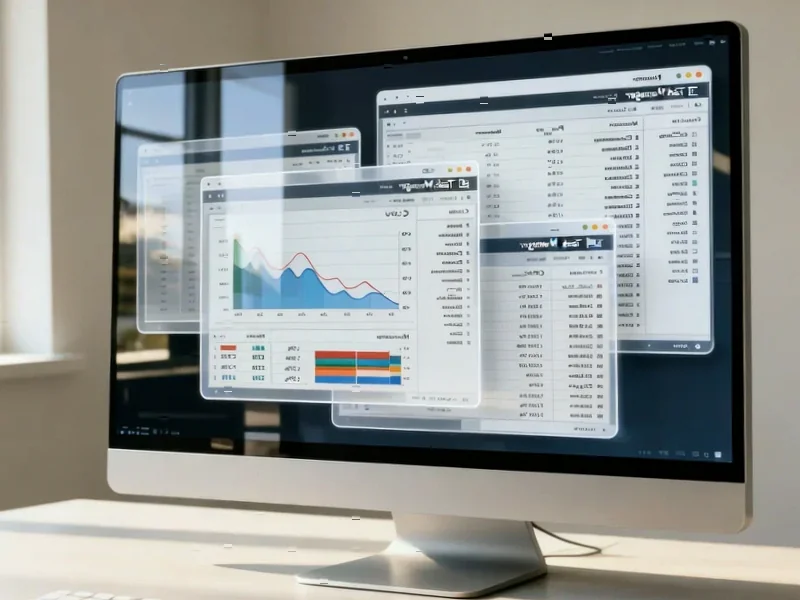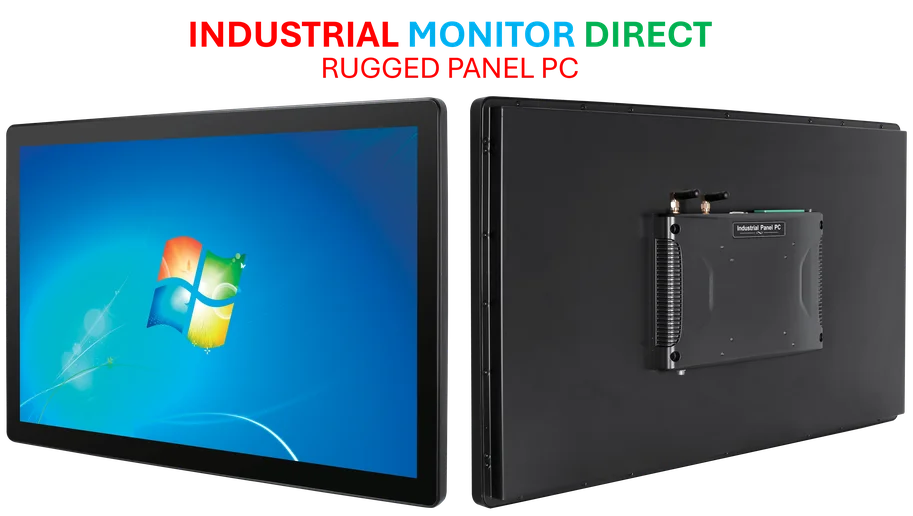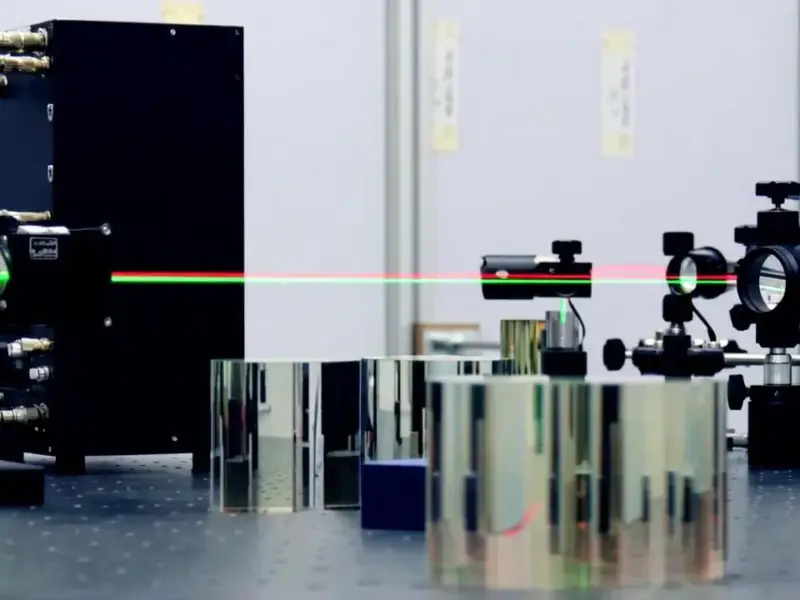According to Digital Trends, Microsoft has finally fixed the notorious “Update and shut down” bug that’s been plaguing Windows users for years. The solution arrives in optional update KB5067036 and is confirmed for Windows 11 25H2 build 26200.7019 and 24H2 build 26100.7019. This addresses what Microsoft’s support documentation now calls the “underlying issue which can cause ‘Update and shutdown’ to not actually shut down your PC after updating.” The bug caused systems to restart unexpectedly after selecting shutdown, leaving laptops powered on overnight and draining batteries. After widespread complaints, the fix is expected to roll out broadly soon, restoring basic trust in Windows power management.
Why this took so long
Here’s the thing that really gets me – this wasn’t some obscure edge case. Millions of users were experiencing this exact problem for years. I can’t count how many times I’ve woken up to a laptop that should have been off but was instead warm to the touch with half its battery gone. And Microsoft knew about it! Their own support forums were filled with complaints.
So why did it take so long to fix what seems like a basic functionality issue? My guess is it got stuck in that classic corporate prioritization black hole. It probably wasn’t considered a “security vulnerability” or “critical failure” in the traditional sense, so it kept getting pushed down the roadmap. But honestly, when your operating system can’t reliably do the one thing it’s been doing since the 1990s – shut down – that feels pretty critical to me.
More than just an annoyance
This fix matters way more than it might seem at first glance. Think about it – when your computer doesn’t do what you explicitly tell it to do, that undermines fundamental trust in the system. You start second-guessing everything. Did it really install that update? Is it actually sleeping when I close the lid? Is my data secure if I can’t reliably power off the machine?
And let’s talk about the real-world consequences. For laptop users, this meant constantly carrying chargers “just in case” or dealing with degraded batteries from overnight power drain. For gamers with powerful laptops, unnecessary runtime meant more heat accumulation and potential long-term component wear. Basically, what seemed like a minor bug was actually costing people time, money, and peace of mind.
What you should do now
If you’re tired of the shutdown roulette, head to Windows Update and look for optional update KB5067036. The good news is this patch also fixes another recent headache – Task Manager refusing to close properly. So you’re getting two fixes for the price of one optional update.
But here’s my question – why was this optional in the first place? Shouldn’t a fix for such a fundamental issue be pushed to everyone automatically? It seems like Microsoft is still being cautious, maybe testing the waters before a broader rollout. My advice? Install it now if you’re affected, but keep an eye on your system for a few days to make sure nothing else breaks. That’s just the reality of Windows updates these days.
Looking ahead, this fix is expected to roll out more broadly soon, according to Windows Latest. It’s refreshing to see Microsoft finally addressing what many considered a decades-old frustration. Now if they could just fix the random search bar disappearing acts and the start menu rearranging itself, we might actually have a stable operating system. One can dream, right?




